With technological development, the popularity of the cross-platform approach for app development continues to surge. This approach simplifies the development process for various platforms while notably lowering both expenses and the time required to launch.
Cross-platform programming is becoming more popular, and a lot of new and better tools are rolling out that claim to be able to operate across a wide range of operating systems. But with numerous choices available in the market, how does one select the best possible option?
Undoubtedly, choosing the right framework is as important as seeking the best cross-platform app development company to assist your app development endeavors.
The decision-making process can indeed be daunting since each framework comes with its own set of benefits and potential pitfalls. Hence, it becomes difficult to determine the best framework to meet your specific project needs!
So now the question arises: which is the best framework? To aid in this decision, we have carefully curated a list of the top cross-platform app development frameworks in 2024. Dive down below to find the perfect fit for your project!
Despite the numerous options available in the tech world for app development, why do tech professionals gravitate towards a cross-platform development approach? Although its popularity is evident, the underlying reasons make it a preferred choice for many. These benefits include substantial cost savings, expanded market reach, a seamless user experience across platforms, accelerated time to market, streamlined maintenance, and the ability to reuse code.
Adopting a cross-platform approach significantly reduces app development costs. By utilizing a single codebase to deploy apps across multiple platforms, companies save on development resources and manpower. Technical teams avoid the high costs associated with developing and managing multiple native apps for iOS, Android, and other platforms, which often require different skill sets and separate developer teams.
Cross-platform development is a game-changer for startups, especially when you're aiming to make a significant impact quickly. By developing your app for both iOS and Android at the same time, you effectively double your reach right out of the gate. This means you can engage a much larger audience without pouring extra resources into separate development streams.
Also Read: Develop Once, Deploy Everywhere: A Guide To Cross-Platform App DevelopmentA significant advantage of cross-platform apps is the ability to provide a consistent user experience, irrespective of the device or operating system. This consistency is crucial for brand identity and user satisfaction, as it minimizes confusion and increases user engagement by maintaining familiar functionality and appearance across all platforms.
Speed is a critical factor in today’s fast-paced market, and cross-platform development allows for quicker implementation. Since developers need to write the source code once and then deploy it for all platforms, the overall development cycle is shorter. This important aspect of cross-platform can turn out to be a competitive advantage, especially in terms of staying ahead of market trends.
With a single codebase, updating and maintaining apps becomes much simpler and more cost-effective. Changes made to the source code are applied across all platforms, reducing the time and cost associated with simultaneous updates on multiple native apps. This unified maintenance process can significantly ease the continuous management of the app.
Lastly, one of the most compelling reasons for adopting a cross-platform approach is the reusability of code. Developers can reuse a high percentage of the original code, avoiding repetitive tasks and reducing the scope for errors. Apart from speeding up the app development process, it maintains consistency in-app logic and designs across all platforms.
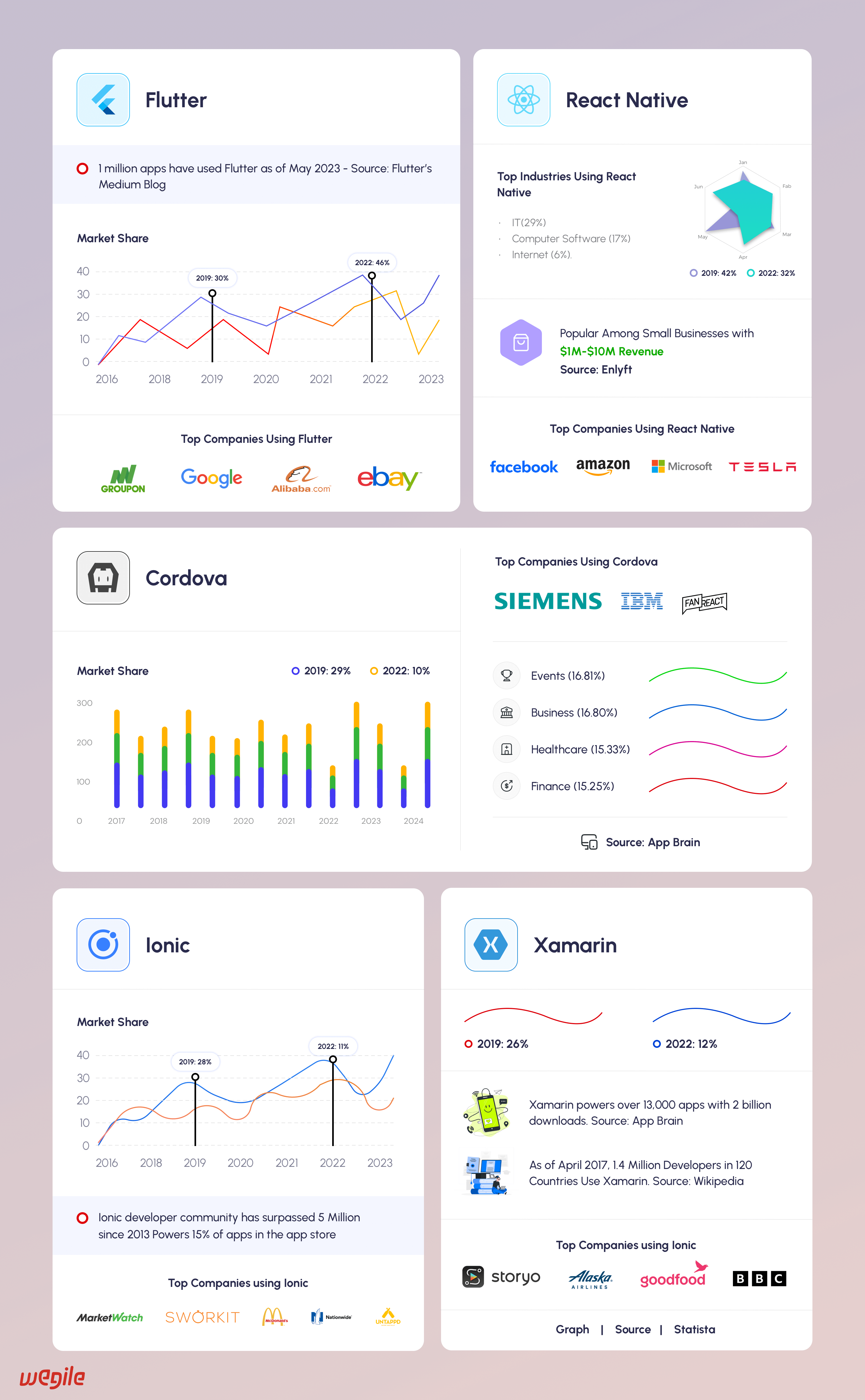
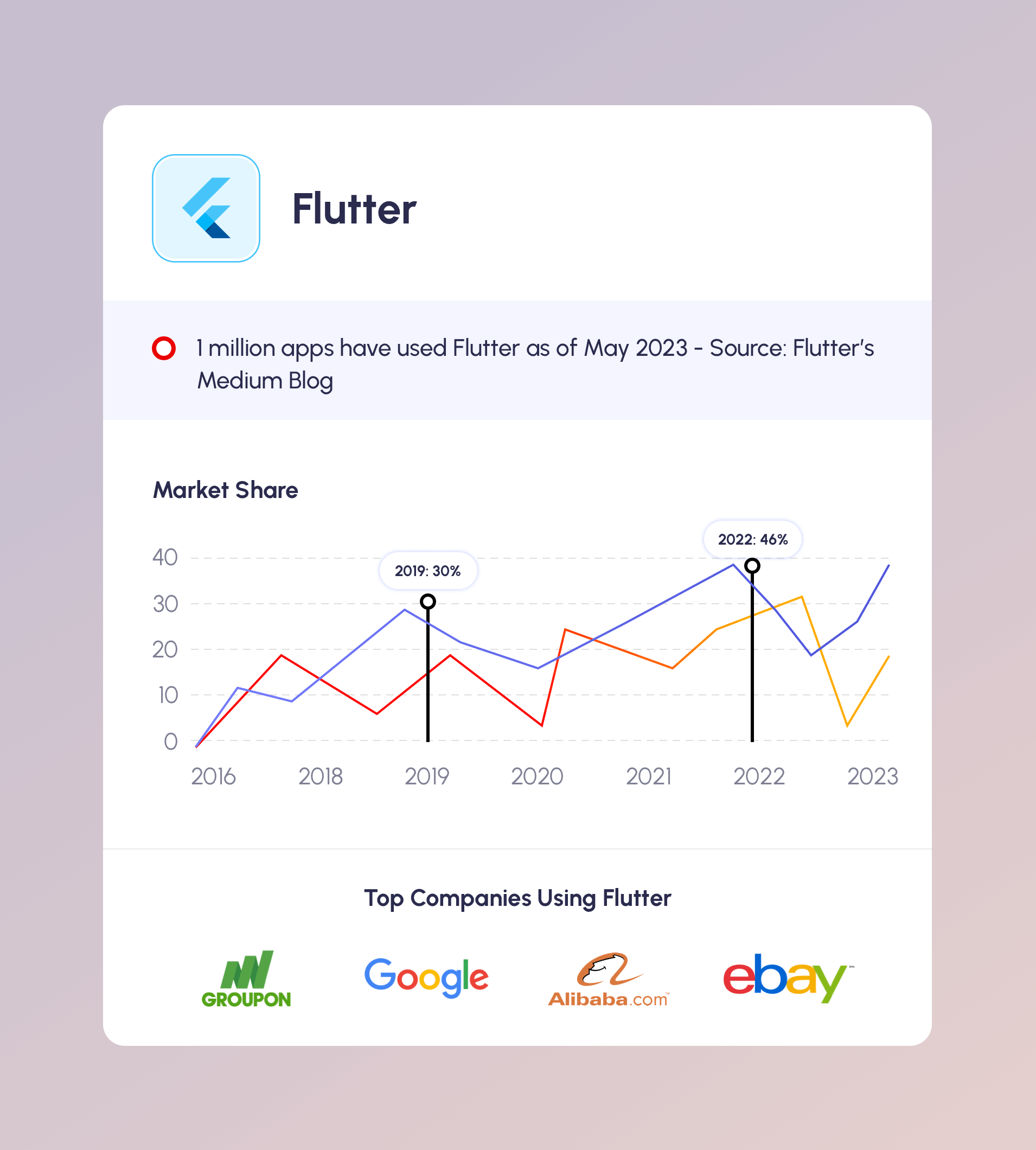
Flutter is an open-source UI software development kit created by Google. It's designed to create high-quality, natively compiled applications for mobile, web, and desktop applications using a single codebase. Utilizing the Dart programming language, Flutter is well-known for its fast development cycles, expressive and flexible UI, and excellent performance. It includes a rich set of fully customizable widgets that help build native interfaces in minutes.
Flutter's layered architecture allows full customization, which results in incredibly fast rendering and expressive designs. This framework is ideal for businesses looking for a fast development process and native performance while writing code for multiple platforms simultaneously.
By leveraging cross-platform mobile app development frameworks like Flutter, businesses can significantly enhance their development efficiency while maintaining high-quality standards across their app portfolios. A premier Flutter app development company can help you leverage the framework's potential in your app project. Top companies that have embraced Flutter for its app development are Google, eBay, etc.
Changes in code are reflected immediately in the app, making it easier to experiment with features and fix bugs quickly.
Develop for iOS and Android from a single codebase, which reduces development costs and time.
Offers a wide range of widgets that are customizable, making it easy to create native-looking apps.
Backed by Google, Flutter has a rapidly growing community and a wealth of learning resources.
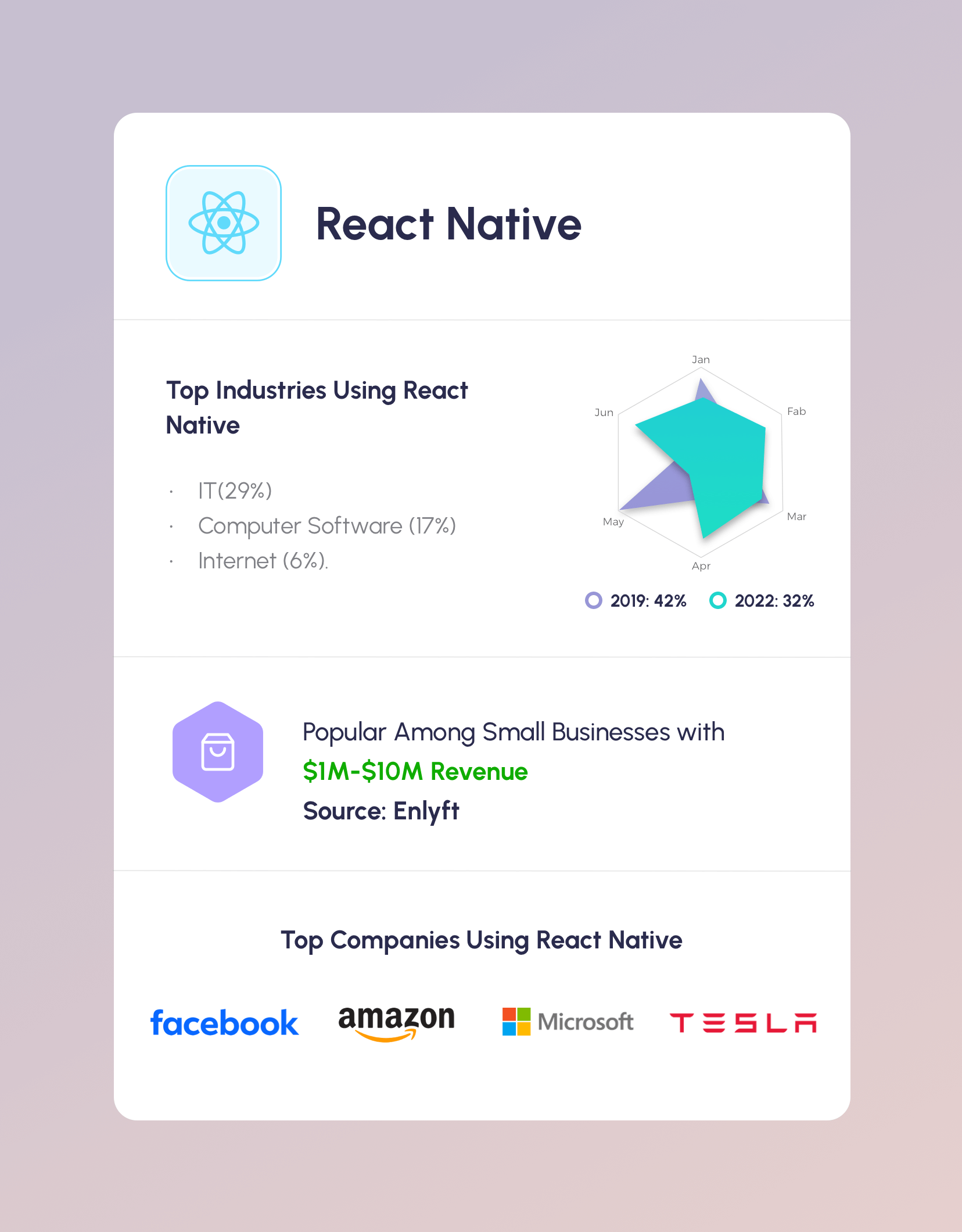
React Native, developed by Facebook(now Meta), is a popular choice among cross-platform mobile app development technologies. It enables developers to build mobile apps using JavaScript and React, leveraging native components for high performance similar to native applications. Since React Native embraces JavaScript as a language that is familiar to most app developers, this makes the framework highly accessible and efficient for developing mobile apps. The framework is renowned for its live reloading feature, which allows developers to see immediate results of their code changes, which further facilitates rapid development cycles.
Also, React Native is ideal for projects where time to market is critical and where code reusability across web and mobile platforms can drive significant efficiencies. By integrating React Native into their development strategy, businesses can leverage existing app development talent and accelerate their mobile app development process, ensuring quick market entry while maintaining a high standard of user experience.
Collaborating with a top React Native app development company can unlock the full potential of this versatile framework for your app development. The top companies that have used ReactNative are Facebook, Puma, Tesla, Pinterest, etc.
Utilizes JavaScript, one of the most common and powerful programming languages.
Allows for building apps with a more agile and flexible approach than traditional methods.
Benefits from a robust community and a wide range of third-party plugins.
Developers can share up to a huge portion of their code between iOS and Android, speeding up development.
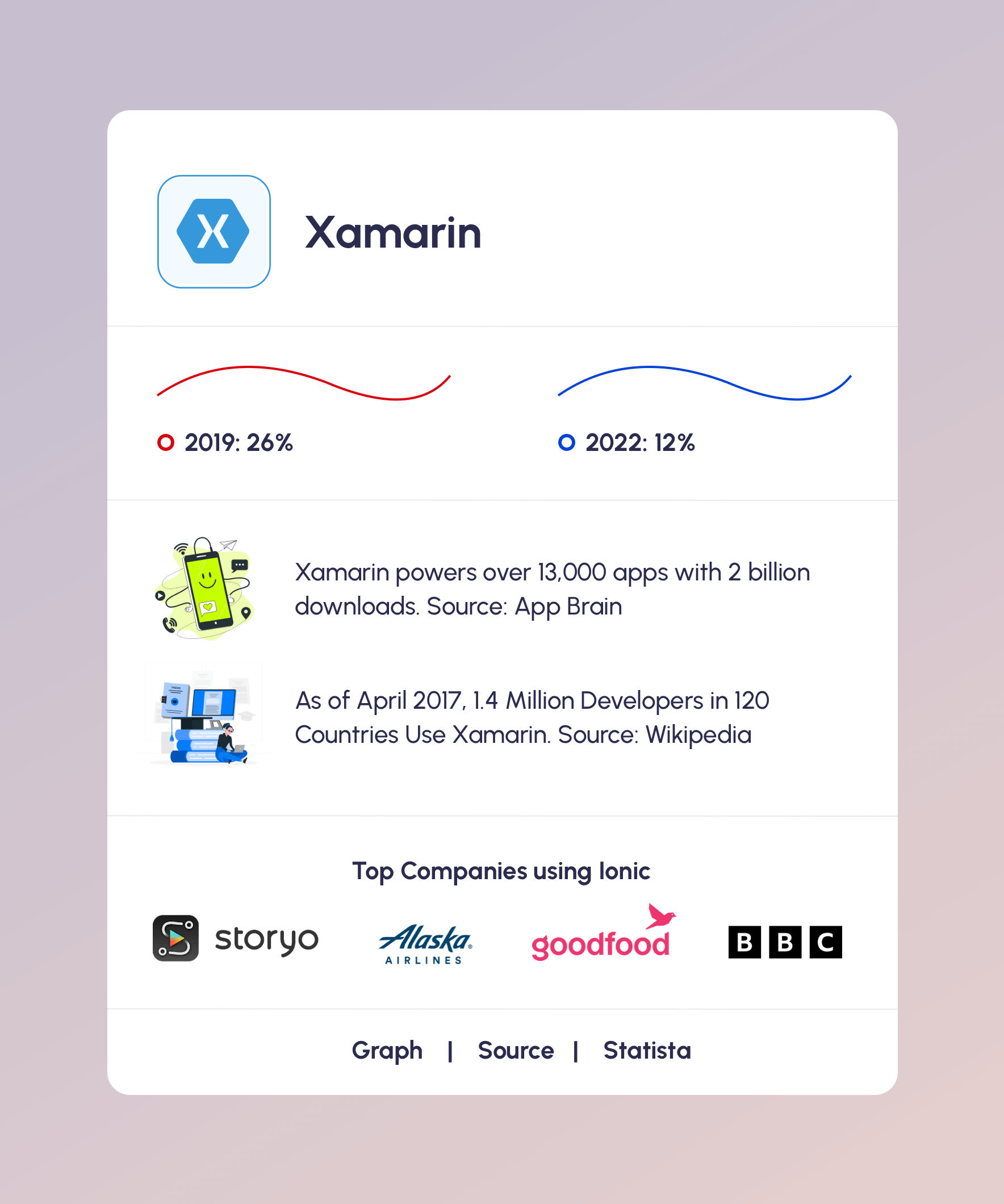
Xamarin, a member of the Microsoft family since 2016, stands out among cross-platform app development frameworks by enabling developers to use C# for building apps that run natively on iOS, Android, and Windows. This framework harnesses the .NET platform, which provides a robust ecosystem for developers, allowing them to share code across platforms with minimal alterations.
Xamarin's strong integration with the Visual Studio IDE offers a seamless development experience with sophisticated tools for debugging, UI design, and performance profiling. Its approach optimizes developer productivity and ensures apps perform efficiently with a native look and feel.
Xamarin is particularly valuable for enterprises in the Microsoft ecosystem looking to streamline their software development lifecycle. By leveraging Xamarin, businesses can benefit from the extensive capabilities of .NET and C#, facilitating a unified software development strategy that extends from server to mobile client. Alaska Airlines, Good Food, BBC, etc, are some of the top companies that have employed Xamarin for their app development.
Xamarin apps compile into native code, ensuring optimal performance on each platform.
Utilizes C# and .NET, reducing the learning curve for developers already familiar with these technologies.
Offers a powerful and familiar environment for developers, enhancing productivity with rich features.
High code reusability across iOS and Android reduces development time and costs.
Strong backing by Microsoft provides reliability and continual updates, enhancing the framework's capabilities and security.
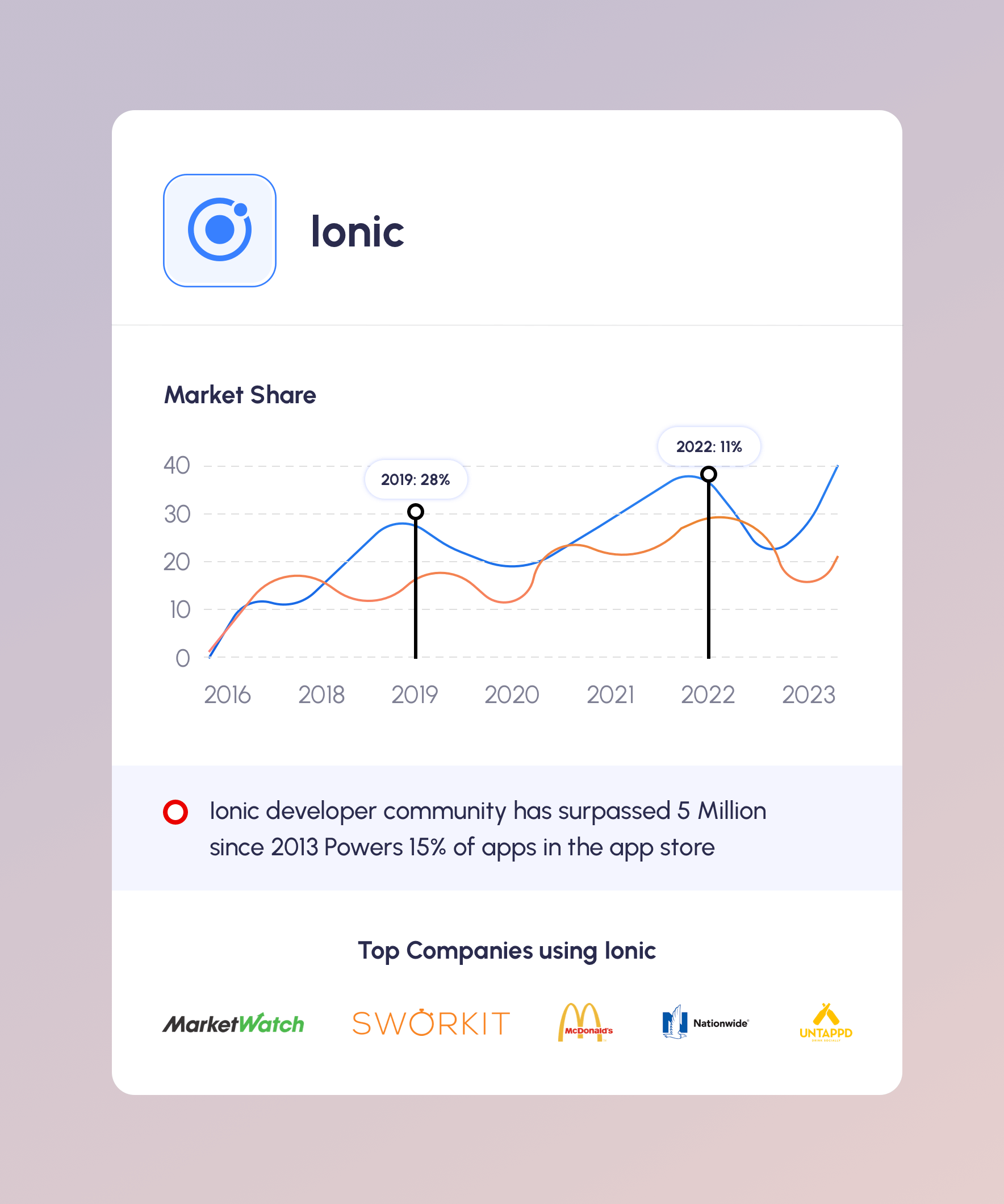
Ionic is a crucial player among cross-platform app development frameworks, developed originally by Max Lynch, Ben Sperry, and Adam Bradley of Drifty Co. in 2013. Ionic allows developers to build web and mobile applications using HTML5, CSS, and JavaScript, with a focus on Angular, allowing the creation of rich, interactive interfaces.
The framework allows developers to build apps that, apart from being functional, are visually appealing since it makes use of a single codebase. Ionic's component library is designed to mimic native UI guidelines, providing a seamless user experience across different platforms. Ionic supports a range of plugins to access native functionalities and integrates seamlessly with Angular to enhance performance and user experience.
Top companies like MarketWatch, Sworkit, McDonald’s, Nationwide, Untappd, etc have used the framework for their own use. By choosing Ionic, businesses can leverage their existing app development expertise to create functional and appealing applications, ensuring a consistent user experience across multiple platforms without significant additional investment.
The framework utilizes familiar web technologies (HTML, CSS, JavaScript), making it accessible to a broad range of developers.
Integrates smoothly with Angular, React, or Vue.js, offering flexibility in terms of design and development approach.
Access to a vast array of plugins through Cordova and Capacitor, enhancing native capabilities.
Enables fast prototyping, allowing businesses to quickly validate ideas and refine user interfaces.
Benefits from a large community and a plethora of learning resources, which support problem-solving and skill enhancement.
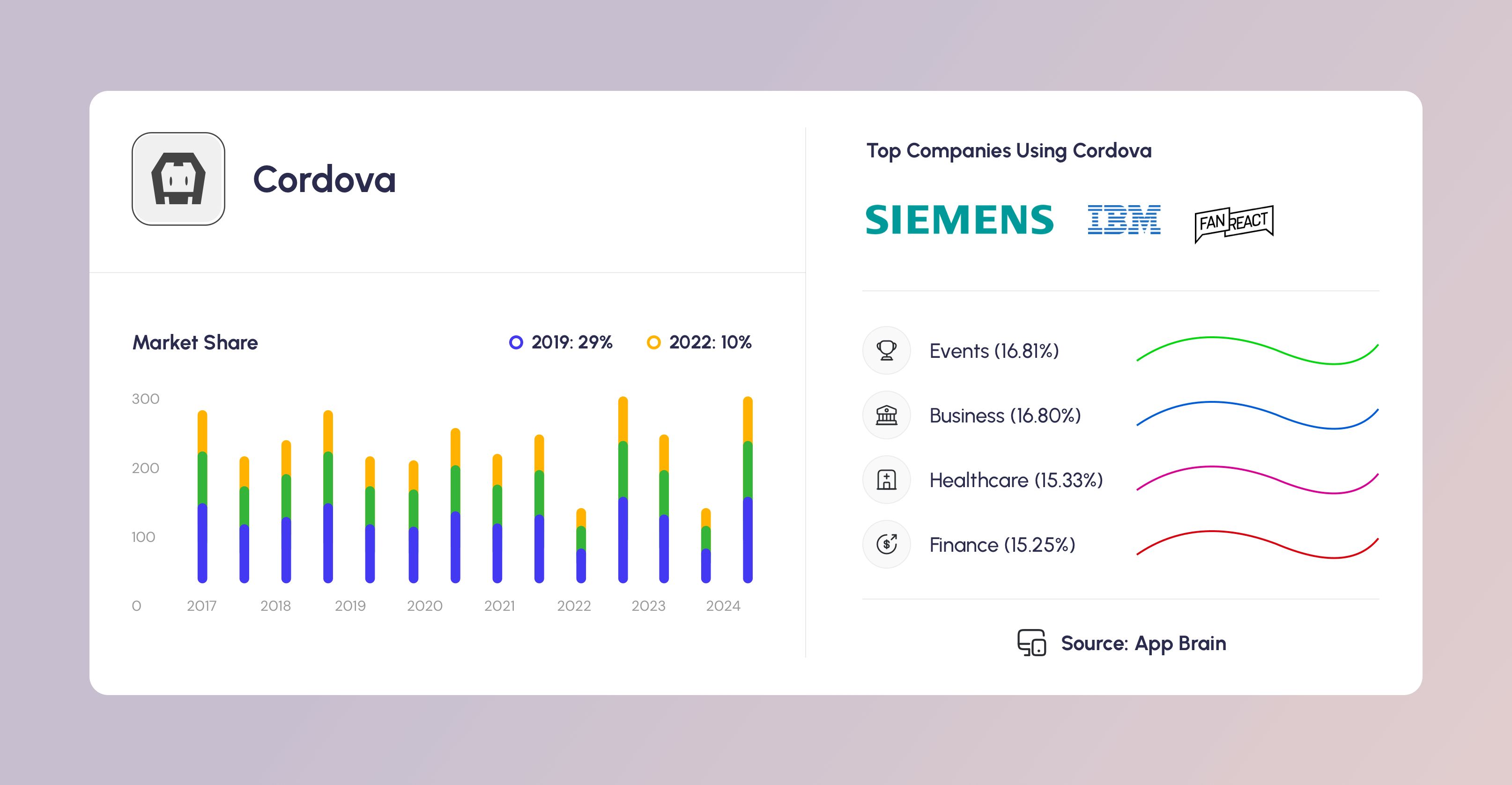
Apache Cordova, previously known as PhoneGap before becoming a part of the Apache Software Foundation, is a stalwart among cross-platform app development frameworks. This framework allows developers to build mobile applications using CSS3, HTML5, and JavaScript instead of relying on platform-specific APIs like those in Android, iOS, or Windows Phone.
Cordova is extensively used in projects that require broad access to device capabilities alongside moderate performance needs. It supports a plug-in architecture, which means developers can extend the functionalities of the application by adding plug-ins, making it highly flexible and customizable.
Apache Cordova offers a robust solution for developing cross-platform applications that leverage web technologies, providing businesses the flexibility to meet diverse user demands without significant overheads or extended development timelines. Top companies like Siemens, IBM, FanReact, etc, have leveraged the capabilities of the framework.
Through plugins, Cordova apps can utilize native device features across multiple platforms.
Developers can use HTML5, CSS3, and JavaScript, which are standard and widely used technologies, reducing the need to learn new languages.
Supported by a large community that contributes a vast range of plugins and comprehensive documentation.
The plugin architecture allows for extensive customization, enabling developers to tailor apps to specific requirements.
Suitable for projects with limited budgets, as it reduces the need for multiple native development skills.
Choosing the right cross-platform framework involves more than just assessing popularity or developer preference. It requires a strategic alignment of the framework’s capabilities with your project’s specific needs. Here are some critical considerations to guide your decision.
When choosing a framework, consider where your target audience primarily engages with your app. Different frameworks offer varying levels of support for different operating systems. For example, while most frameworks support both iOS and Android, if your audience predominantly uses one over the other, you'll need a framework that provides excellent support and optimization for that platform. Consider also the geographical and demographic factors that might influence platform preference and ensure the framework can deliver a consistent experience across all targeted platforms.
The performance of a cross-platform app can vary significantly from one framework to another. If your app involves complex animations, real-time data processing, or needs to handle large amounts of data efficiently, you'll need a framework known for high performance like Flutter or React Native, which compile to native code. Evaluate the performance benchmarks relevant to the specific functionalities you plan to implement and consider how each framework's underlying technology can impact your app’s responsiveness and fluidity.
Budget constraints are often decisive in selecting a framework. Some frameworks require more specialized knowledge or additional tools which can add to the cost. For example, using Xamarin might lead to higher costs if you need to invest in Visual Studio and other Microsoft technologies. Assess the total cost of ownership, including development, maintenance, and scaling costs. Additionally, consider the availability of skilled developers for the chosen technology within your hiring geography.
Maintaining and scaling an app is an ongoing challenge. Choose a framework that not only simplifies initial development but also makes it easy to update, debug, and scale. Frameworks with a large community and extensive libraries, such as React Native, offer greater resources for troubleshooting and enhancements. Furthermore, consider how the framework handles updates and compatibility with new OS releases by both Android and iOS.
A vibrant community and a robust ecosystem are invaluable for long-term framework usability. A large community means more tutorials, forums, and third-party plugins, which can greatly accelerate development and problem-solving. Additionally, a strong ecosystem with a wide range of integrated development environments (IDEs) and tools can enhance developer productivity and reduce time to market.
Selecting the right cross-platform app development framework is pivotal for businesses aiming to maximize efficiency and market reach. The frameworks discussed—Flutter, React Native, Xamarin, Ionic, and Apache Cordova—offer diverse advantages, from rapid development cycles to extensive access to device capabilities. As you consider your specific business needs and technical requirements, think strategically about which framework aligns best with your goals. Leveraging the correct framework along with streamlining your development enhances your ability to deliver a robust, seamless user experience across multiple platforms.
Are you looking to embrace the capabilities of cross-platform development? Look no further than Wegile, as we will help you navigate the complexities and harness the full potential of this versatile approach! Connect with the leading cross-platform app development company today and bring your app vision into reality!
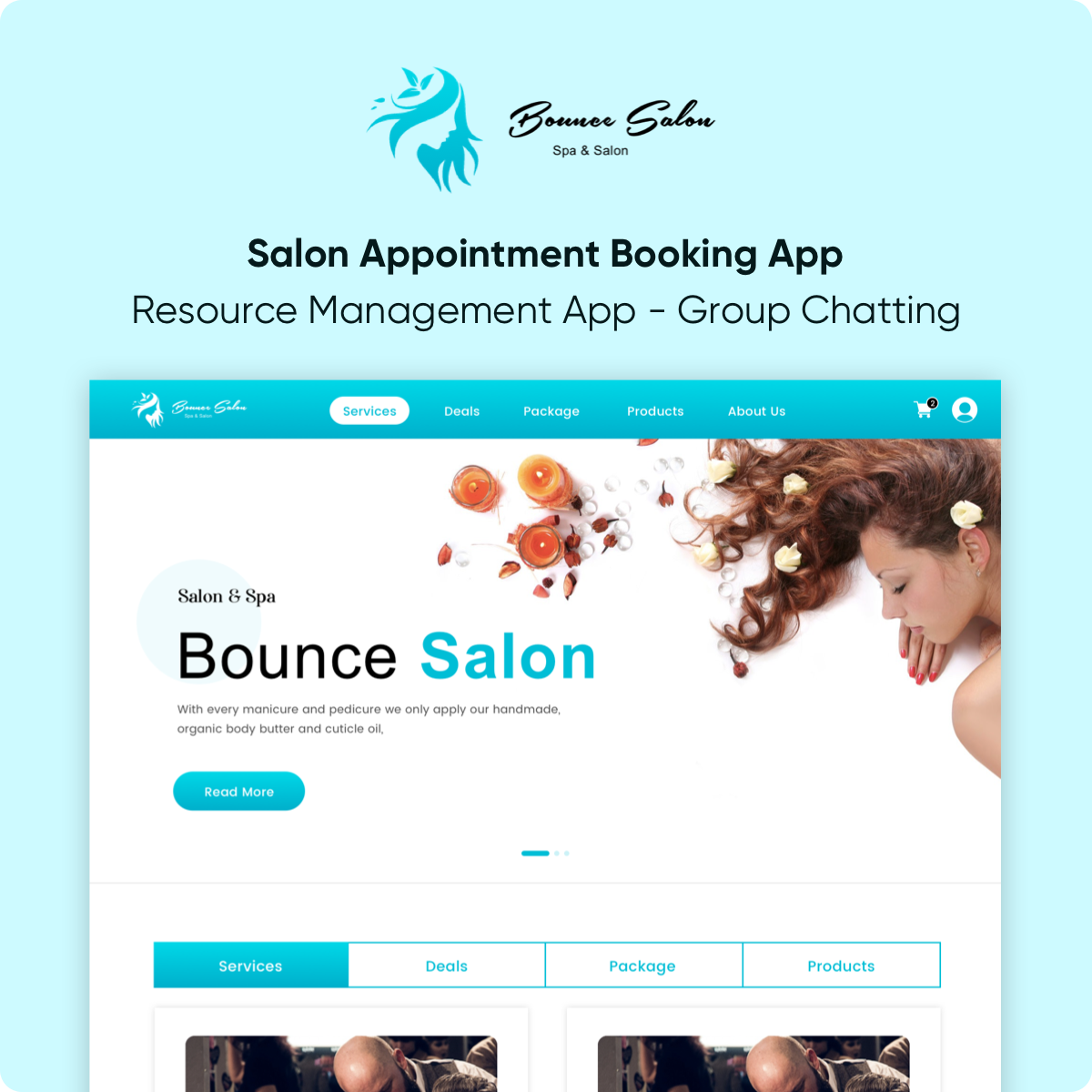

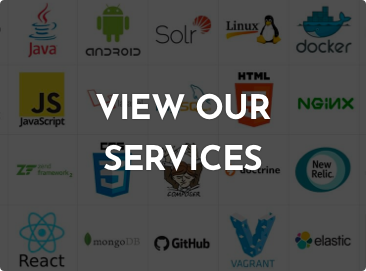 Browse Our Services
Browse Our Services
